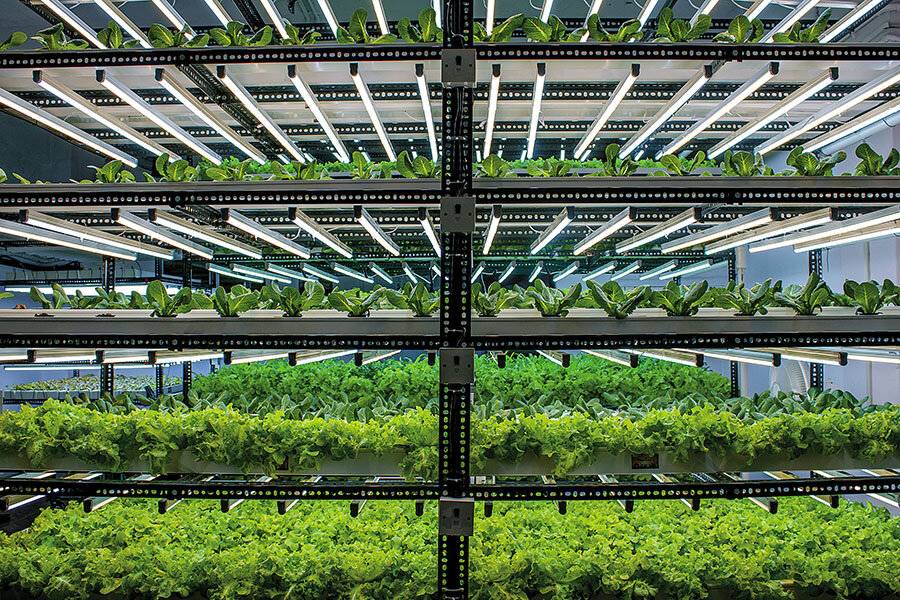
Hydroponics is an excellent method for growing plants at home that is both demanding and rewarding. However, there are a lot of issues with hydroponics that you may encounter, and it is essential to learn how to avoid or properly deal with them.
Growing plants hydroponically requires more technical knowledge than growing plants in soil. Reading books and articles, as well as viewing instructional videos, may help you learn a lot. However, one of the most effective ways to learn is via our mistakes. In this article, we have given information about common problems in Hydroponics as well as measures o deal with them.
Leakage in Hydroponic System
System leaks can happen for a variety of causes. Leaks can happen at any point in the joins or valves of your system. They can also happen if your system becomes clogged, such as when a root mass clogs an NFT system, causing water to back it up and spill. Leaks can also happen if you construct a system with a reservoir that is unable to store all of the nutrient solutions in the system. In this case, a power outage or pump failure might cause the reservoir to back up and overflow.
Solution
Before you plant anything, test the system. Tighten any valves and double-check that all connections are tight and secure. Check the system regularly for issues such as root overgrowth or clogged drains or outputs.
Choose a reservoir that can comfortably contain all of the nutrient solution in the system, not just the amount in it when the system is in operation.
If you use an indoor system, try placing it on a waterproof surface or, if feasible, on a drip tray if the system is small. This is an excellent idea not just for identifying leaks, but also for reducing mess when caring for the system.
Nutrient Deficiency and Toxicity
A variety of reasons might cause a nutrient shortage or toxicity in your plants. It's not always clear which nutrient is causing the issue, or if the issue is one of deficiency or toxicity. There are several symptoms to look for to diagnose nutritional deficiency and toxicity, and with time and expertise, you will become more effective at detecting problems.
Nutrient problems can be caused by pH, temperature, plant growth rate, nutrient solution concentration, user error, and a variety of other variables. Remember that an excess of one nutrient might interfere with the absorption of another.
Solution
Make sure to thoroughly and precisely prepare your nutrient solution. Make sure the water you're using to make your nutrient solution was not too strong. If so, mix it with distilled water or use water that has been filtered using reverse osmosis or activated carbon filter to lower the number of dissolved solids.
Using a PPM/EC meter, check the concentration of your nutrient solution.
Keep an eye on and regulate the pH of your nutrient solution.
If your plants begin showing signs of nutrient deficiency or toxicity, flush your system, discard the nutrient solution, and make a new batch.
Infestation Problem
No matter how well growers maintain their hydroponic farms, they cannot prevent infestation. During the first period of an infestation, you can take a few measures.
Infestation of Algae: Algae can block the hydroponic system, affecting the overall circulation of nutrient solutions. Simultaneously, algae can absorb nutrients from the solution, impacting plant growth and development.
Solution: Reducing sunlight exposure to the nutrient solution and painting the reservoir black can help reduce algae development in the solution. Overwatering the seedlings increases the formation of algae on their surface.
Pest Infestation: When compared to open-field farming, the risks of pest infestation in your hydroponic farm are substantially lower. Growers, on the other hand, should constantly be concerned with protecting their plants from pests.
Pests like thrips, aphids, fungus gnats, and spider mites can get in the way of a healthy crop.
What You Can Do: Proper sanitization of goods is required before taking them inside the farm, and you should also change the clothes before entering. Despite your best efforts, if pests enter your farm, you can prevent them with biological pest-management techniques.
















